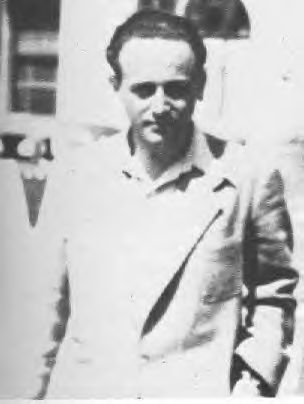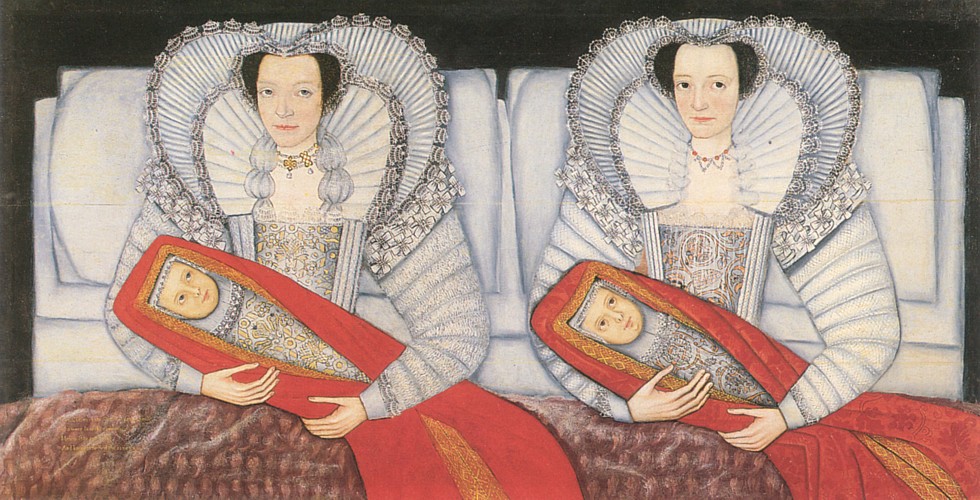December 29, 2010
art and tarkovsky
Stumbled on this video of Tarkovsky all over again when I was searching for a clip of his film Nostalghia (1983). I had started watching the film last year and couldn't continue. Tarkovsky is my favorite film maker, but this last year I have not returned to him. His silences had become loud. In the first sequence in Nostalghia I felt as if all his characters were not just acting, but acting for me specifically, that they would stop acting if I turned the movie off--sort of like the dilemma of the book that will loose its print once it is shut: who can say? I feel like watching the film once again today, but it sits far away in my old room.
Art as a tool to come closer to spiritual enlightenment: it is beautiful and lofty this thought by Tarkovsky. I agree with it, yet move to turn the volume down. Tarkovsky should laugh... (edit) but there is such a comfort in hie seriousness to the artist in me.
December 28, 2010
textile design
 |
| Textile of Purple Hare in Foliage, 4th-5th Century C.E., Egypt (Brooklyn Museum Collection) |
On passing the surface of an ancient textile (or even a contemporary one) through a scanner: one can see the details of the weave and inner life of color. I am very excited about textile prints nowadays. More interesting than pieces of art, or rare prints even, I think are mass produced prints. I want to catch up on the story of mass produced prints. I know the history of fabric might be deeply entangled with the colonial past, and that the present of the industry probably deals with the reality of non-environmental friendly dyes... but prints are beautiful all the same! I am tempted to leave the image below at the high resolution I found it: it captures surface nuance so seductively. The
I would love to write about these images, but I just keep staring at them instead. Thinking about "nothing or something": have the missing portions gone missing, or do they still haunt the design, and what about the interface where the missing is missed by the present as can be seen in the lower right corner of the violet hare.
 |
| Drawing of a man, 6th-7th century (Coptic Museum in Cairo Collection) |
December 23, 2010
celan and heidegger
 |
| Paul Celan |
 |
| Martin Heidegger |
Here is an essay--CELAN / HEIDEGGER: TRANSLATION AT THE MOUNTAIN OF DEATH--from 1988 that interprets Paul Celan's poem "Todtnauberg" (1966) which was written after an encounter between Celan and Martin Heidegger at Todtnauberg: they went for a walk after meeting at Heidegger's cottage. Heidegger was a philosopher influenced by phenomenology and, sadly, a supporter of the Nazi National Socialist party. Pierre Joris interprets the poem as Celan--a German Jew--seeking some sort of closure from Heidegger regarding the Nazi movement. Unfortunately, according to Joris, the conversation (of which no transcript was made) gave no such closure to Celan. Joris puts forth the nuanced meaning of each word very thoughtfully and clearly in the essay.
I like Joris's description of the poem. He says it is "a single sentence, divided into eight stanzas, five of which have but two lines, and is essentially composed of parataxically juxtaposed nouns and noun-clauses commenting on those nouns, seperated by commas until a single period brings the poem to a close. One gets the feeling of something cut-up, stretched-out, retracting, fore-shortening itself: nearly not a poem, the sentence feels like the remainder, the residue, of an aborted or impossible narration or relation; gnomic, "quickly scribbled notes, hopes for a poem, a private aide-mémoire understandable only to the one who took them." Lacoue-Labarthe calls it "un poème exténué, pour tout dire, déçu" - "an exhausted, even disappointed poem"."
These intersections or moments between historic figures ties together so much for me. Otherwise their thoughts and views or, more truthfully, just their names float around in my mind without a sense of temporality. Even their photographs help to pin them down. And then I can see the poem more clearly and I can see why it would be a "disappointed poem."
TODTNAUBERG
Arnica, eyebright, the
draft from the well with the
star-die on top,
in the
Hütte,
written in the book
- whose name did it record
before mine - ?
in this book
the line about
a hope, today,
for a thinker's
word
to come,
in the heart,
forest sward, unleveled,
orchis and orchis, singly,
crudeness, later, while driving,
clearly,
he who drives us, the man,
he who also hears it,
the half-
trod log-
trails on the highmoor,
humidity,
much.
December 22, 2010
impossible reality
 |
The Cholmondeley Sisters (1600-10) |
"There is a famous painting of the English school, The Cholmondeley Sisters (1600-10), which represents two sisters side by side, each holding a baby in her arms. The two sisters look very much alike, as do the babies, sisters and babies are dressed almost identically, and so on. Confronted with this canvas, one is disturbed by a repetition that is not a repetition, by a contradictory repetition. What is here painted is the very subject of figurative painting: repetition, with, in this repetition, all the play of the innumerable differences which at once destroy it (from one figure to the other, nothing is identical) and assert it as violent effect. Panic and confusion of the look doubled and split. The image is in the image, the double is not the same, the repetition is a fiction: it makes us believe that it repeats itself just because it does not repeat itself. It is in the most "analogical" representation (never completely so), the most "faithful", the most "realistic", that the effects of representation can be most easily read. One must be fooled by the image in order to see it as such (and no longer as a projection of the world)." [Jean-Louis Comolli, Machines of the Visible, 1971]
I am reading this article by Comolli for my thesis, and this passage made me read it a few times over. I like the way that illusion, or "reality," or mimesis, or duplication all loose their threatening stance and become play when one can clearly see they are inevitably impossible.
This painting, in my memory, is an image in an art book that I used to have as a child.
something and nothing
I saw this wonderful show that interviewed philosopher and professor Roy Sorenson. Sorenson talked about how nothing, empty spaces, darkness, etc. could in fact be though of as something. Amongst the numerous lovely clips he showed, I particularly liked one from an episode of a show called Night Galleries. The episode entitled "Eyes" [1969] directed by Spielberg stars Joan Crawford. Her character is blind but has--through devious ethical and moral medical means--acquired the ability to see: an ability that will last her a mere 11 hours. But when she opens her eyes vision doesn't quite turn out how she expected...
So much to think about in this clip. There is something about her orange dress which overflows with the expectation of looking... (My internet is hanging and I can't quite see the entire clip... it is as if my vision is just as suspended as Crawford's)
So much to think about in this clip. There is something about her orange dress which overflows with the expectation of looking... (My internet is hanging and I can't quite see the entire clip... it is as if my vision is just as suspended as Crawford's)
December 20, 2010
A place to come back to.
I am seeing so much nowadays, but it has long been a habit of mine to 'un'keep or 'mis'keep. I can hardly name the habit as something fortunate or otherwise, as it was/is the way things were/are. More usefully perhaps, the habit may be an index of experience, i.e. could the habit of 'un'keeping be an archive, or a tracing of, the restless activity of a body compelled to move? If so, then a relevant analogy is invisible ink--where experience in written but seems to disappear--in which case sight and experience are not 'un'kept but 'mis'kept, and I feel a revitalised hope and curiosity to recover something.
Physically I find the best way to recover, is actually to see and make more clearly in the present. I am currently writing my thesis on special effects and animation. The process will continue for another half a year. Till then I would like to archive things I see--in my work and work out there--so I at least keep tilling my art practice and my eye till I can return to it with more time. To write a little bit for myself and for art will be a strong support as well as an incentive to remain focused and productive in the present.
Physically I find the best way to recover, is actually to see and make more clearly in the present. I am currently writing my thesis on special effects and animation. The process will continue for another half a year. Till then I would like to archive things I see--in my work and work out there--so I at least keep tilling my art practice and my eye till I can return to it with more time. To write a little bit for myself and for art will be a strong support as well as an incentive to remain focused and productive in the present.
Subscribe to:
Posts (Atom)